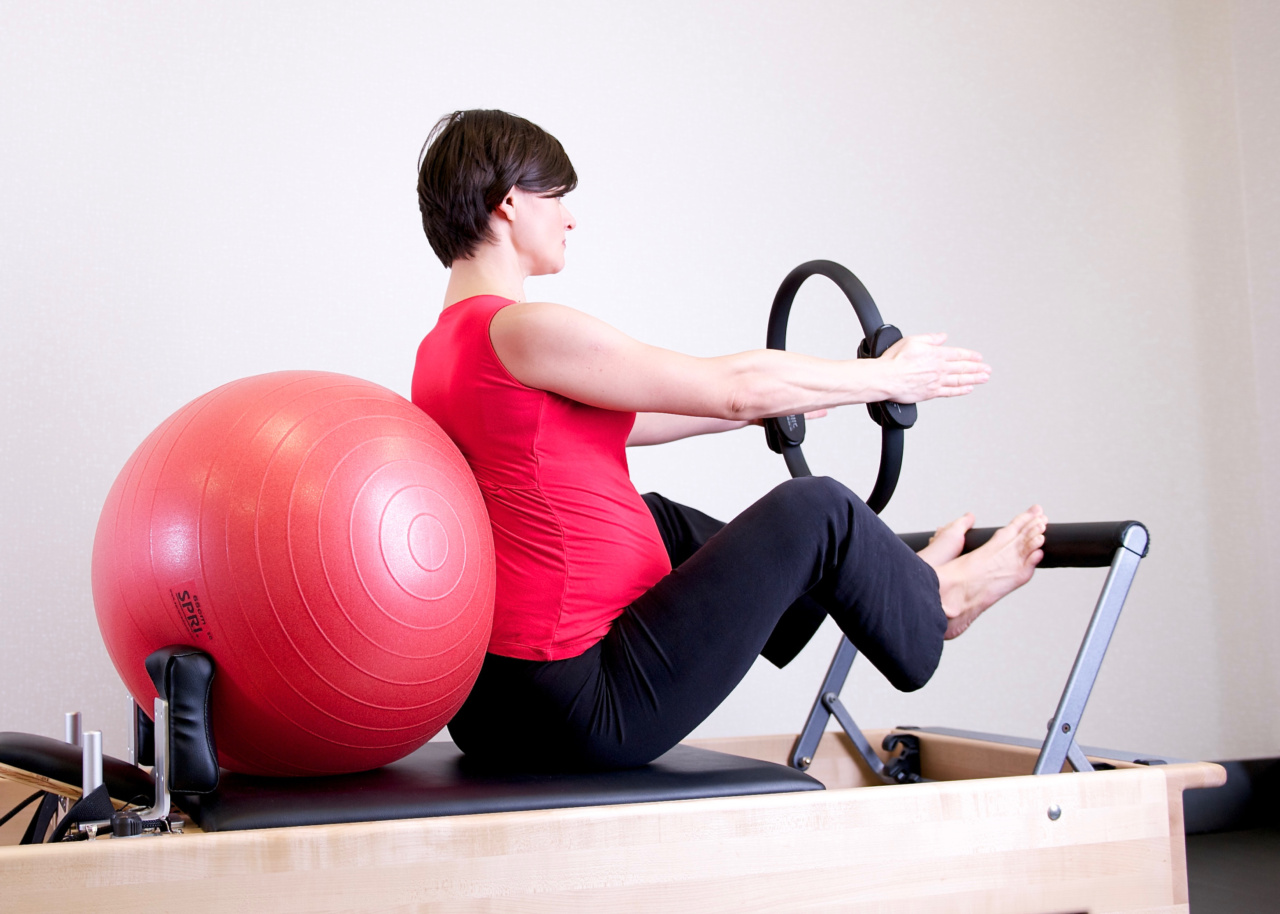Gymnastics is a great way for pregnant women to stay healthy, active, and fit. However, there are specific rules and guidelines that pregnant women should follow when participating in gymnastics.
These rules not only ensure safety but also promote overall health and wellness for both mom and baby.
Consult with Your Doctor First
Pregnant women who want to participate in gymnastics should first consult with their doctor. Every pregnancy is unique, with specific health considerations that might or might not permit engaging in certain types of physical activity.
Your doctor will help you determine whether gymnastics is safe for you, specifically, and will help you develop an exercise plan that is geared for your body’s needs.
Avoid Contact Sports
Pregnant women should avoid contact sports such as soccer, basketball, and martial arts. While gymnastics is a physical activity, the chances of injury in contact sports are significantly higher than in gymnastics.
contact sports put too much pressure on your joints and ligaments, which have relaxed due to pregnancy hormones, and put you at risk of falling or experiencing direct hits or blows. Instead, try gentle and low-impact exercises such as walking, swimming, or prenatal yoga.
Stay Hydrated
Pregnant women who participate in gymnastics should make sure they stay hydrated. Pregnancy increases the need for fluids, and active physical activity increases this need even further.
Make sure you have plenty of water available at all times during your workout; and take frequent breaks to hydrate, especially if you incorporate any high-intensity movements in your routine.
Avoid Overexertion
During pregnancy, the body undergoes several significant changes, including changes in hormone levels, weight distribution, and blood volume.
Therefore, pregnant women should avoid overexertion, which could lead to overheating, low blood pressure, or compromised blood flow to the baby. Take frequent breaks and don’t push yourself too hard. Listen to your body, and stop if you experience dizziness, shortness of breath, or muscle weakness.
Focus on Core Strength
The core muscles play an essential role in pregnancy, labor, and delivery. Pregnant women should work on strengthening this muscle group through exercises such as sitting on a stability ball and doing pelvic tilts, planks, squats, and modified crunches.
However, make sure you check with your doctor before engaging in any exercise routine that focuses on the core muscles.
Avoid Twisting and Jerking Movements
Pregnant women should avoid any exercises or movements that involve twisting or jerking motions, especially in the abdominal area. Such movements could cause stress on the uterus and increase the risk of complications.
Also, avoid exercises or movements that involve jumping or sudden stops and starts, which can cause strain on your joints and ligaments.
Use Supportive Equipment
Pregnant women should use supportive equipment when participating in gymnastics. Equipment such as mats, balance balls, resistance bands, and foam rollers can provide stability and support, reducing the risk of injury.
Choose Suitable Clothing
Pregnant women should choose suitable clothing when engaging in gymnastics. Opt for loose-fitting, lightweight, and breathable clothing that doesn’t restrict movement. Also, choose well-fitted athletic shoes that provide good support and traction.
Wearing comfortable clothing and shoes can help reduce discomfort and distractions while exercising.
Know Your Limits
During pregnancy, women should know their limits and listen to their bodies. Every pregnancy is different, and what works for one woman may not work for another.
Pregnant women should avoid comparing themselves to other gym-goers and focus instead on listening to their bodies and following the guidance of their healthcare provider.
Conclusion
In conclusion, pregnancy is a special time, and it’s essential for women to take care of their bodies during this time.
Gymnastics is an excellent way for pregnant women to stay active and fit, but it’s also essential to follow the guidelines and rules specific to this exercise regimen. Seek advice from your healthcare provider, listen to your body, and know your limits to ensure a healthy mama and baby.






























